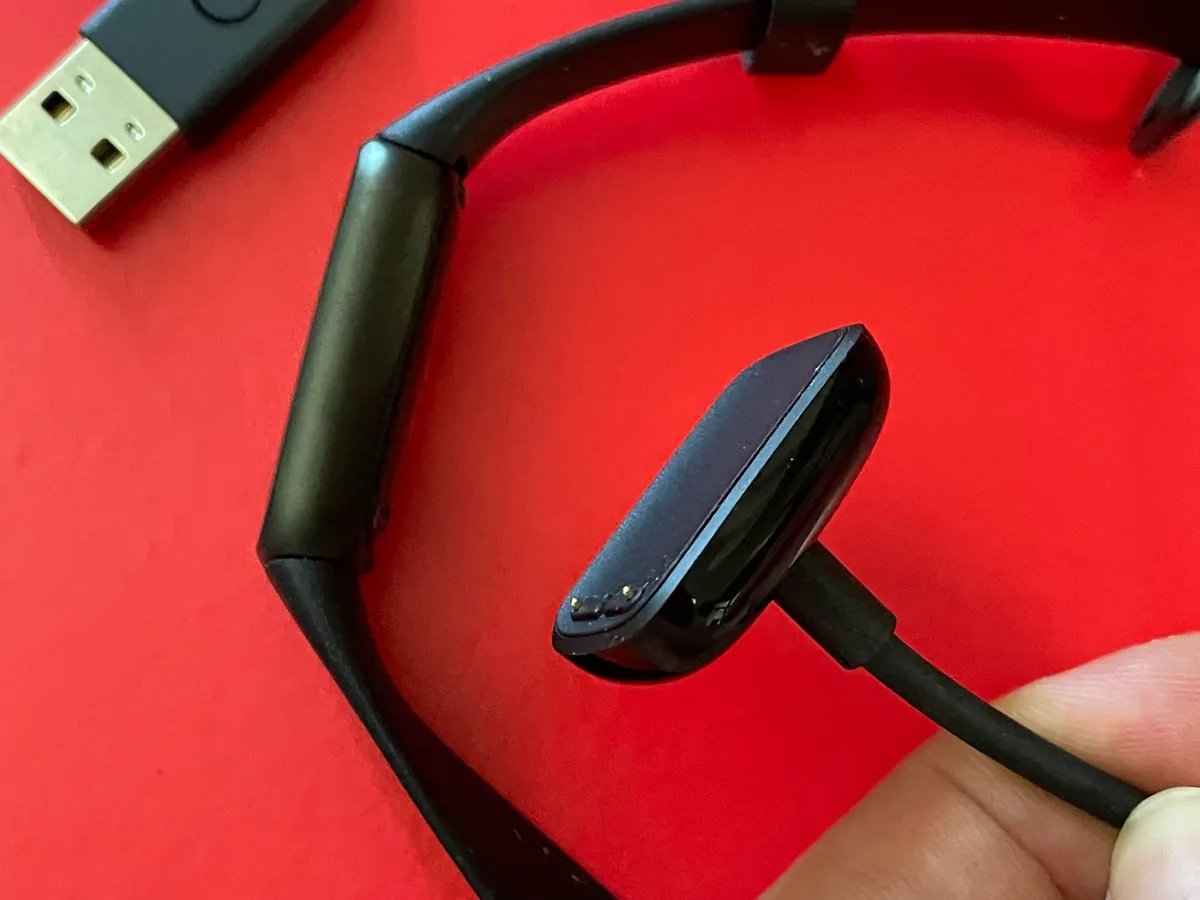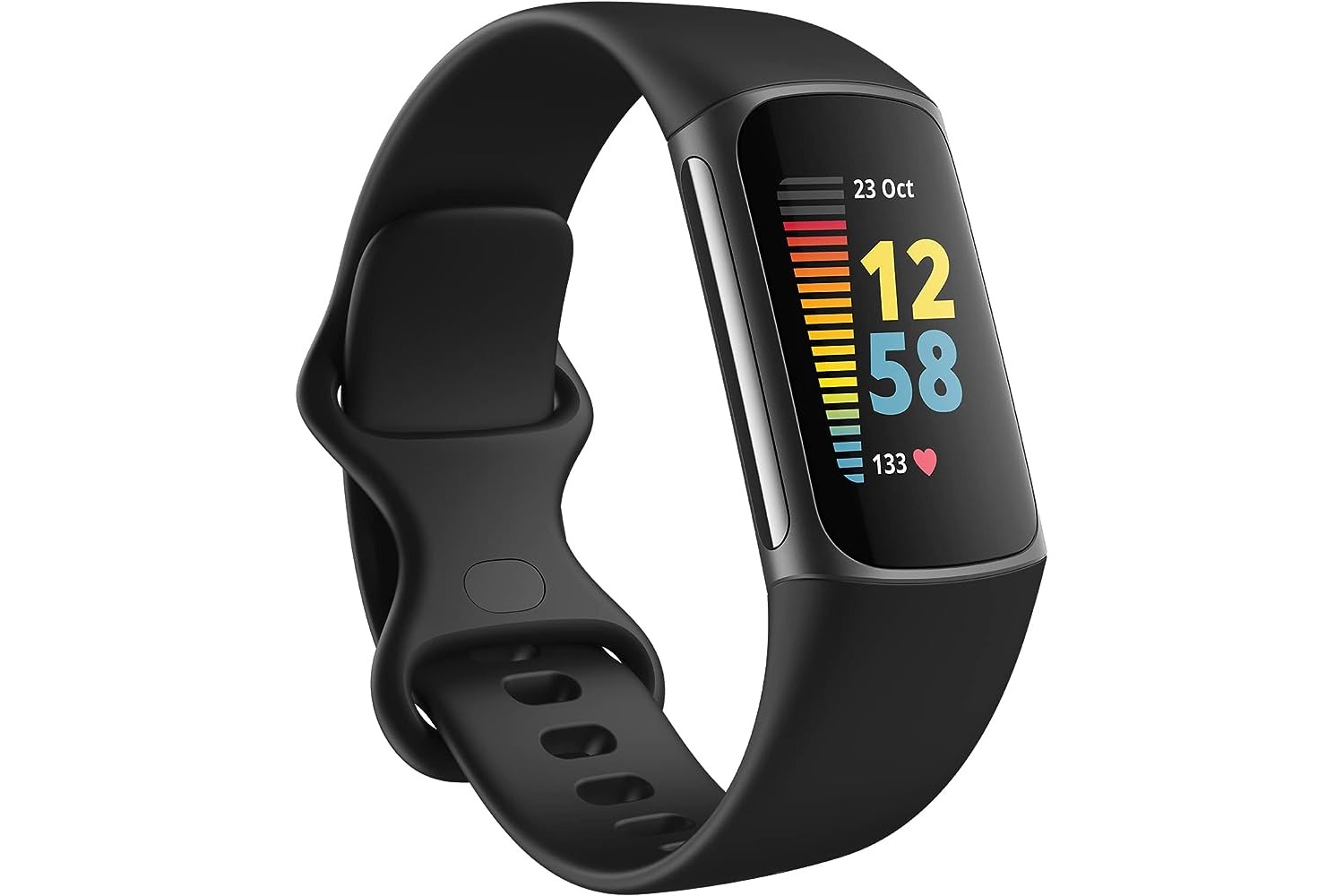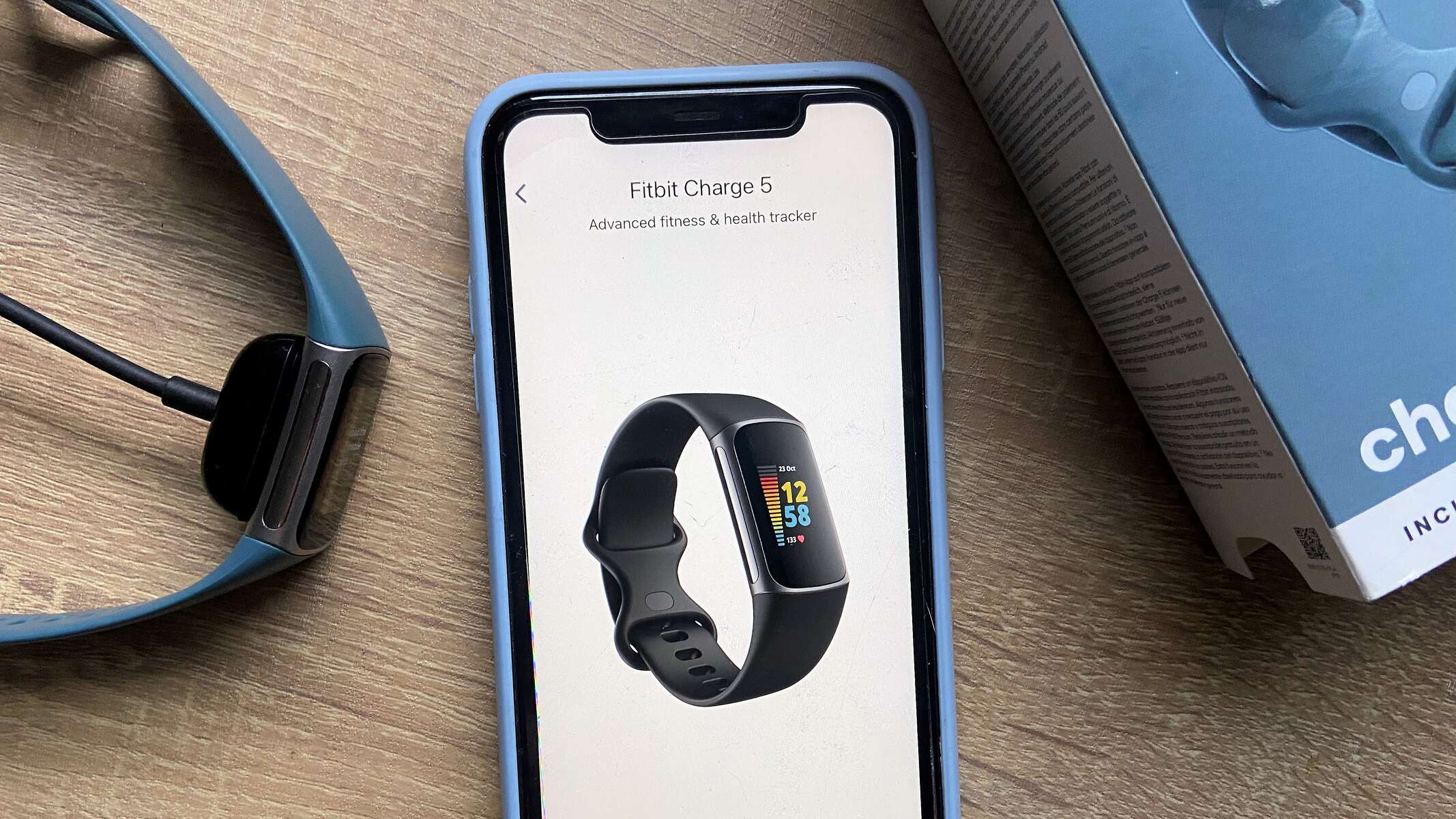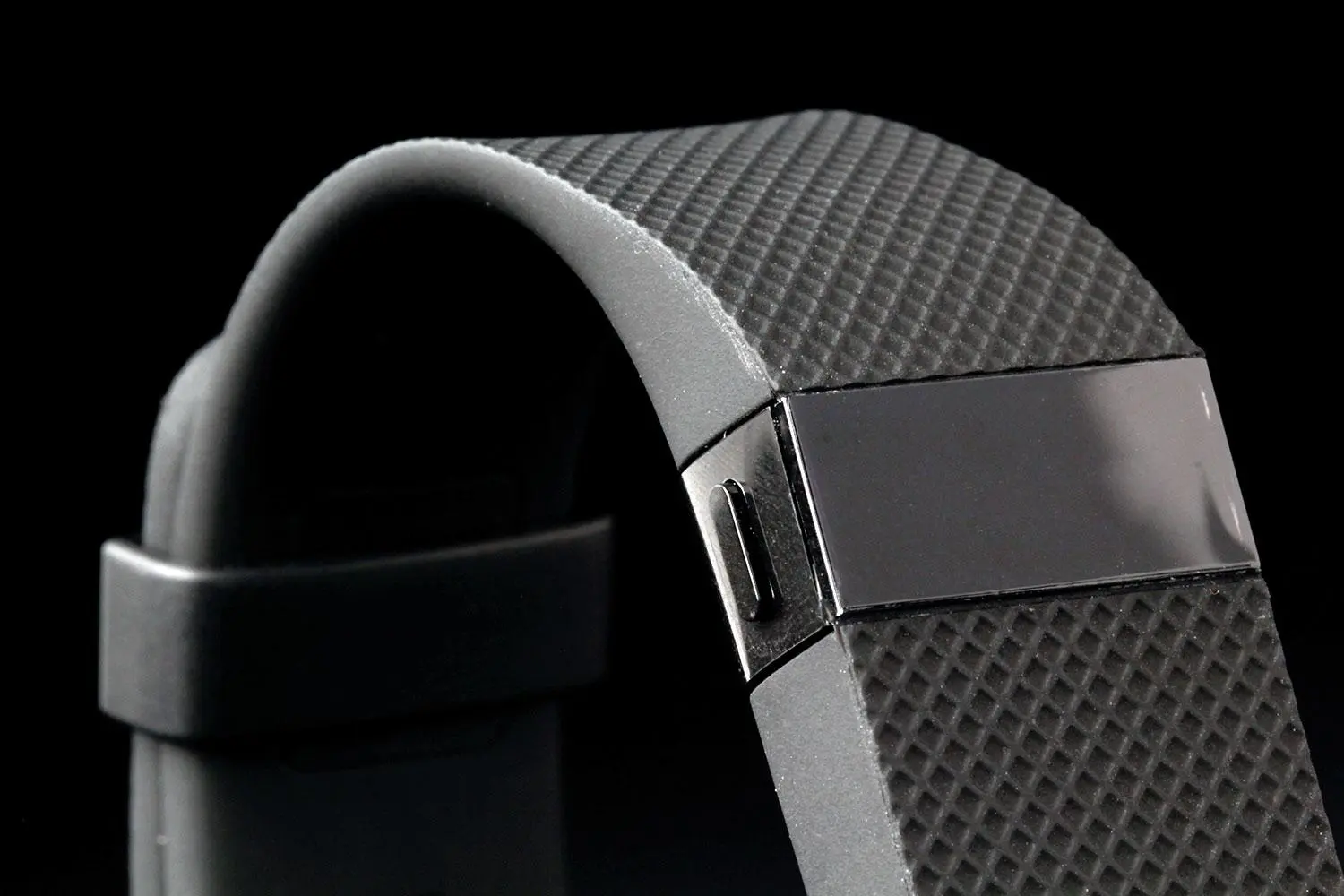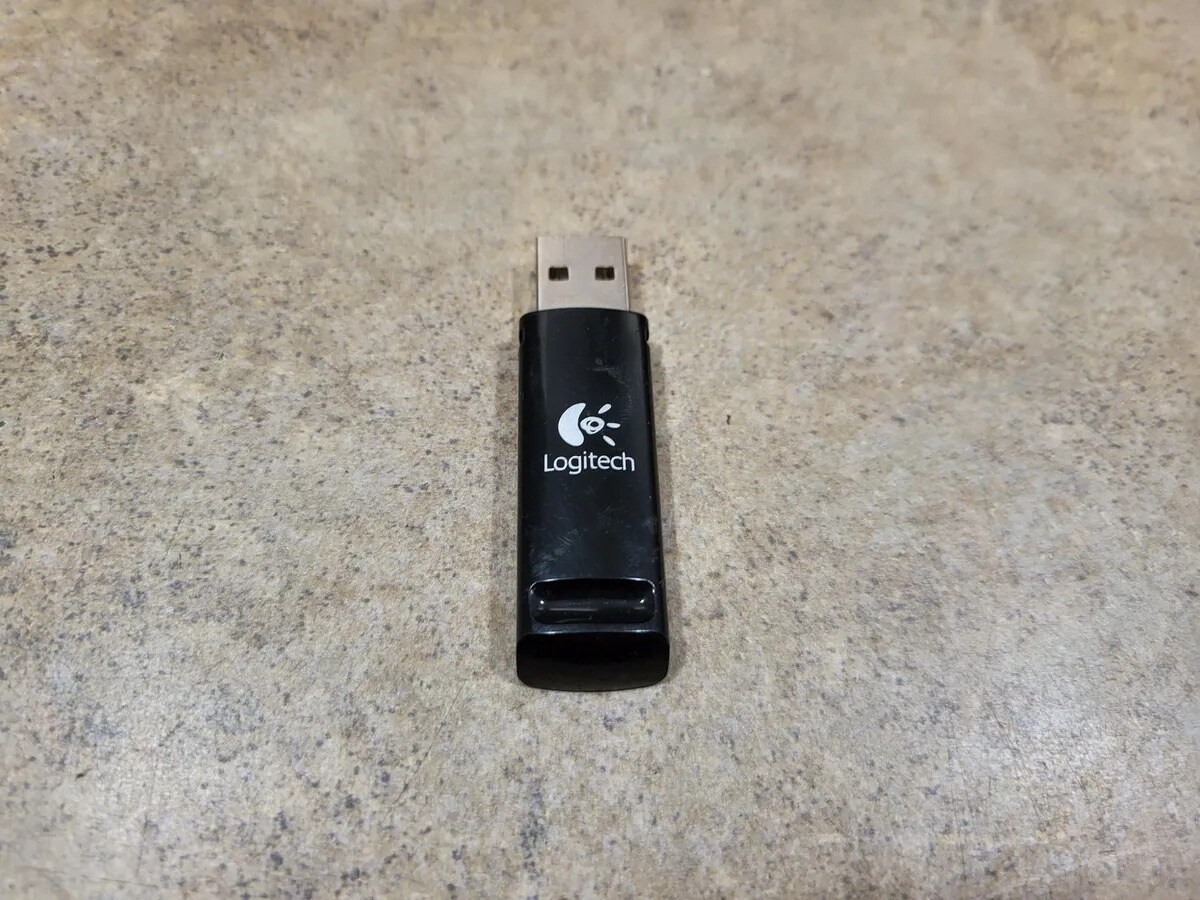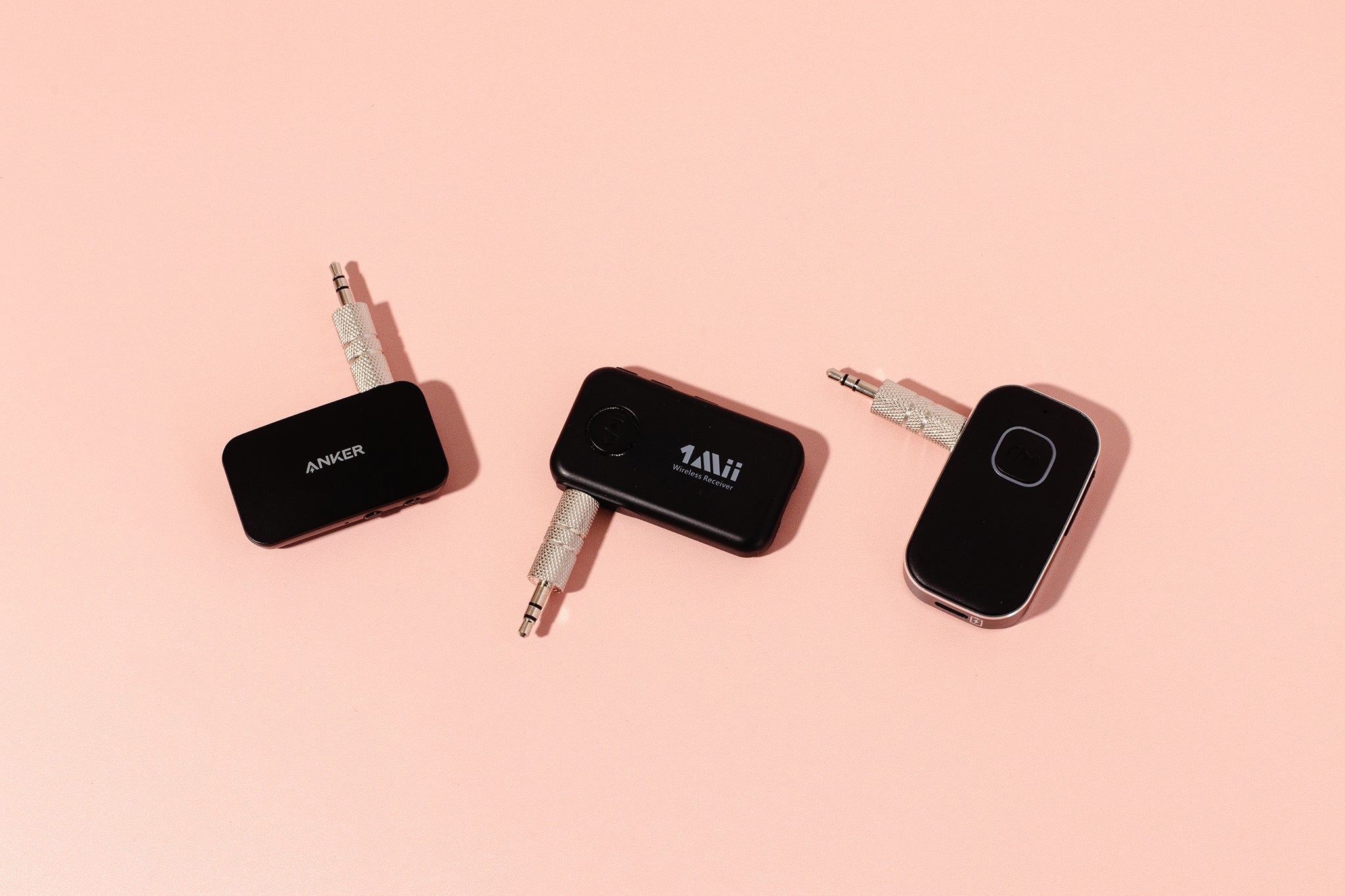Introduction
Welcome to the world of Wireless Sync Dongles! In this digital age, where technology is constantly evolving, keeping devices synchronized has become increasingly important. From smartphones and tablets to laptops and desktop computers, we rely on these devices to communicate, work, and entertain ourselves. However, transferring data and keeping all our devices in sync can be a challenge.
That’s where a Wireless Sync Dongle comes in. This smart little device acts as a bridge between your devices, enabling seamless data transfer and synchronization without the hassle of cables or wires. Whether you need to transfer photos, videos, documents, or music, a Wireless Sync Dongle simplifies the process and ensures that your devices stay up to date.
Think of a Wireless Sync Dongle as a mini wireless hub that connects your devices together, eliminating the need for traditional wired connections. It provides a convenient and efficient way to keep your data synchronized across multiple devices, making it easier to access and share your files on the go.
In this article, we will explore what a Wireless Sync Dongle is, how it works, the benefits of using one, common uses, and tips for choosing the right device for your needs. Whether you’re a tech-savvy individual or a business professional looking to streamline your workflow, understanding the power of a Wireless Sync Dongle can revolutionize the way you interact with your devices.
What is a Wireless Sync Dongle?
A Wireless Sync Dongle, also known as a wireless synchronization dongle or simply a sync dongle, is a small device that allows you to wirelessly synchronize data between your devices. It acts as a bridge, connecting your devices together and enabling seamless transfer of files, messages, and other data.
These dongles typically utilize wireless technologies such as Bluetooth or Wi-Fi to establish connections between devices. By simply plugging the dongle into a compatible port on your device, you can enjoy wireless synchronization capabilities.
Wireless Sync Dongles work by creating a network between your devices, allowing them to communicate and share data in real-time. This means that when you update a file on one device, it automatically syncs to all other connected devices, ensuring that you always have the most up-to-date information at your fingertips.
These dongles come in various forms, such as USB dongles or dongles that attach to specific ports on devices like smartphones or tablets. They are designed to be portable, lightweight, and easy to use, making them a convenient solution for seamless data synchronization.
One of the key advantages of a Wireless Sync Dongle is its versatility. It can be used with a wide range of devices, including smartphones, tablets, laptops, and even some smart TVs. This means that you can synchronize data between different types of devices, regardless of the operating system they run on.
Whether you’re a student looking to access your files from any device, a business professional needing to keep your work documents updated, or a traveler wanting to transfer photos from your camera to your mobile device, a Wireless Sync Dongle provides a simple and efficient solution.
In summary, a Wireless Sync Dongle is a handy device that allows you to wirelessly synchronize data between your devices. By eliminating the need for cables or wires, it offers convenience, portability, and versatility. In the next section, we will explore how a Wireless Sync Dongle works to provide seamless data synchronization.
How Does a Wireless Sync Dongle Work?
A Wireless Sync Dongle utilizes wireless technologies, such as Bluetooth or Wi-Fi, to establish connections between devices and enable seamless data synchronization. Here’s a breakdown of how it works:
1. Establishing a Network: When you plug a Wireless Sync Dongle into a compatible port on your device, it creates a wireless network. This network allows your devices to communicate with each other and facilitates the transfer of data.
2. Pairing Devices: Once the network is established, you need to pair your devices with the dongle. This typically involves going into the device’s settings and selecting the option to search for nearby devices. The dongle will be detected, and you can then initiate the pairing process. This ensures that your devices can recognize and connect to the dongle.
3. Data Synchronization: With the devices paired, the next step is to configure the synchronization settings. Depending on the operating system and the specific dongle, you may have options to choose what data gets synchronized, such as contacts, calendars, photos, or files. Once the settings are configured, the dongle automatically handles the synchronization process.
4. Real-Time Updates: As you make changes to data on any of your connected devices, the Wireless Sync Dongle works in the background to ensure that all devices stay updated. For example, if you edit a document on your laptop, the changes will be reflected on your smartphone or tablet in real-time.
5. Secure Connections: Wireless Sync Dongles employ encryption protocols to ensure the security of your data during the synchronization process. This helps protect your files from unauthorized access and enhances the overall privacy of your information.
It’s important to note that the specific functionality and capabilities of a Wireless Sync Dongle may vary depending on the manufacturer and the device it is being used with. Some dongles may provide additional features, such as the ability to stream media or share internet connectivity, expanding the functionality beyond just data synchronization.
In short, a Wireless Sync Dongle establishes a wireless network, pairs devices, and facilitates seamless data synchronization between connected devices. It keeps your data up to date across multiple devices, ensuring you have the same information accessible wherever you go.
Benefits of Using a Wireless Sync Dongle
Using a Wireless Sync Dongle offers numerous benefits that make it a valuable tool for individuals and businesses alike. Let’s explore some of the advantages:
1. Convenient and Effortless Syncing: With a Wireless Sync Dongle, you can effortlessly synchronize data between your devices without the need for cables or manual transfers. It saves you time and effort, ensuring that your information is always up to date across all devices.
2. Multi-Device Compatibility: Wireless Sync Dongles are designed to work with a wide range of devices, irrespective of the operating system. This means you can use the dongle to synchronize data between devices such as smartphones, tablets, laptops, and even smart TVs.
3. Seamless Data Transfer: Whether you want to transfer photos, videos, documents, or music, a Wireless Sync Dongle provides a seamless transfer process. You can easily share files between devices with just a few taps or clicks, making it convenient for personal use or collaboration within a team.
4. Mobile Accessibility: With a Wireless Sync Dongle, you can access your synchronized data on the go. Whether you’re traveling, attending meetings, or working from a different location, your files are available to you anytime, anywhere, as long as you have a device connected to the dongle.
5. Enhanced Productivity: By keeping your devices synchronized, a Wireless Sync Dongle streamlines your workflow and boosts productivity. You can start a task on one device and seamlessly continue it on another, without losing any progress or wasting time on manual transfers or searching for the latest version of a file.
6. Data Backup and Recovery: Wireless Sync Dongles often have backup and restore features, making it easy to safeguard your valuable data. If you accidentally delete a file or experience a device failure, you can retrieve your data from the synced devices or backup storage, ensuring peace of mind and protection against data loss.
7. Wireless Freedom: The wireless nature of a Wireless Sync Dongle provides freedom and flexibility in your workspace. You can eliminate tangled cables, reduce clutter, and enjoy a clean and organized environment.
8. Data Security: A Wireless Sync Dongle ensures secure data transfer by utilizing encryption protocols. This protects your information from unauthorized access and provides an added layer of security during the synchronization process.
Overall, using a Wireless Sync Dongle offers the convenience of wireless syncing, compatibility with multiple devices, seamless data transfer, mobile accessibility, enhanced productivity, data backup and recovery, wireless freedom, and data security.
Common Uses for a Wireless Sync Dongle
A Wireless Sync Dongle has a wide range of practical applications that cater to various needs and situations. Let’s explore some of the common uses for a Wireless Sync Dongle:
1. File Synchronization: One of the primary uses of a Wireless Sync Dongle is to synchronize files across devices. Whether you want to access important documents, share photos, or transfer music playlists, a sync dongle allows you to keep your files consistent and up to date across multiple devices.
2. Contact and Calendar Syncing: Keeping your contacts and calendar events in sync is essential for staying organized and managing your schedule effectively. With a Wireless Sync Dongle, you can seamlessly synchronize your contacts and calendars between devices, ensuring that you have the latest information at your fingertips.
3. Media Streaming: Some Wireless Sync Dongles offer the ability to stream media, allowing you to enjoy your favorite videos, music, or photos on different devices. You can stream content from your phone or tablet to a larger screen, such as a smart TV, for a more immersive viewing experience.
4. Collaborative Work: In a professional setting, a Wireless Sync Dongle plays a crucial role in facilitating collaboration. Team members can sync their files, work on shared documents, and instantly update changes, ensuring everyone is on the same page and promoting seamless teamwork.
5. Document Access on the Go: When traveling or working remotely, accessing important documents or files can be challenging. A Wireless Sync Dongle allows you to retrieve your documents from a synced device, providing access to critical information when you need it most, even if you don’t have your primary device with you.
6. Backup and Restore: Data backup is essential for protecting your valuable information. Many Wireless Sync Dongles offer backup and restore features, allowing you to create a backup of your files and retrieve them in case of accidental deletion or device failure.
7. Device Migration: When upgrading to a new device, a Wireless Sync Dongle makes the transition seamless. You can easily transfer your data, settings, and preferences from your old device to the new one, saving time and effort in manually setting up everything from scratch.
8. Wireless Printing: Some Wireless Sync Dongles provide wireless printing capabilities, allowing you to print documents or photos directly from your mobile device. This eliminates the need for complicated printer setups and makes printing more convenient and accessible.
These are just a few examples of the common uses for a Wireless Sync Dongle. Whether you’re a student, professional, traveler, or someone who wants to simplify data synchronization across devices, a sync dongle is a versatile tool that enhances productivity and improves your overall digital experience.
How to Set Up a Wireless Sync Dongle
Setting up a Wireless Sync Dongle is a straightforward process that requires a few simple steps. Here’s a guide on how to set up your Wireless Sync Dongle:
1. Check Compatibility: Before purchasing a Wireless Sync Dongle, ensure that it is compatible with your devices. Check for compatibility with the operating systems of your smartphones, tablets, or laptops to avoid any compatibility issues.
2. Insert the Dongle: Depending on the type of dongle you have, insert it into a compatible port on your device. For USB dongles, simply plug it into an available USB port. If the dongle requires a specific port or connector, follow the manufacturer’s instructions for proper insertion.
3. Power On the Dongle: Once the dongle is inserted, power it on if necessary. Some dongles may require you to press a power button, while others may power on automatically when connected to a device.
4. Enable Bluetooth or Wi-Fi: On your device, enable the Bluetooth or Wi-Fi functionality, depending on the wireless technology used by the dongle. Go to the device’s settings to turn on Bluetooth or connect to a Wi-Fi network if required.
5. Pair the Devices: With the dongle powered on and the wireless functionality enabled on your device, it’s time to pair the two. On your device, search for nearby devices or specifically look for the dongle in the available devices list. Once found, select the dongle to initiate the pairing process.
6. Follow the Prompts: Depending on the dongle and your device, you may need to enter a PIN or follow on-screen instructions to complete the pairing process. Follow the prompts and enter any required information to establish a successful connection.
7. Configure Synchronization Settings: After pairing, you may need to configure the synchronization settings. This involves choosing the types of data you want to synchronize, such as contacts, calendars, files, or media. Customize these settings according to your preferences and requirements.
8. Test the Connection: Once the setup is complete, test the connection by making changes to a file, updating a calendar event, or transferring a photo between devices. Ensure that the changes are reflected on all connected devices, indicating that the synchronization is working correctly.
9. Troubleshooting: If you encounter any issues during setup or syncing, refer to the user manual or online guides provided by the dongle’s manufacturer. Troubleshooting steps may involve checking device settings, restarting the dongle, or updating firmware or drivers.
That’s it! Now you have successfully set up your Wireless Sync Dongle and established a wireless connection between your devices. Enjoy the convenience of seamless data synchronization and effortless file sharing across your devices.
Tips for Choosing the Right Wireless Sync Dongle
When it comes to choosing the right Wireless Sync Dongle for your needs, there are a few key factors to consider. Here are some important tips to help you make an informed decision:
1. Compatibility: Ensure that the Wireless Sync Dongle is compatible with the devices you plan to use it with. Check the operating system compatibility of your smartphones, tablets, laptops, or other devices to ensure seamless connectivity and synchronization.
2. Wireless Technology: Consider the wireless technology used by the dongle. Bluetooth is commonly used for short-range connections, while Wi-Fi offers a wider range and faster data transfer speeds. Choose a dongle that utilizes the wireless technology that best suits your needs.
3. Range: Evaluate the range offered by the Wireless Sync Dongle. Consider your typical usage scenarios and ensure that the dongle provides adequate coverage for your intended purposes. A longer range allows for greater flexibility in device placement and connectivity.
4. Security Features: Prioritize the security features offered by the Wireless Sync Dongle. Look for features such as encryption protocols or password protection to ensure the privacy and protection of your data during the syncing process.
5. Transfer Speed: Consider the data transfer speed offered by the dongle. Faster transfer speeds allow for quicker syncing of files and data, enhancing your overall experience and productivity. Look for a dongle that offers high-speed data transfer capabilities.
6. User Interface and Ease of Use: Assess the user interface and the overall ease of use of the Wireless Sync Dongle. Look for a device with a user-friendly interface that simplifies the setup and synchronization process. Intuitive controls and clear instructions make for a smooth experience.
7. Additional Features: Some Wireless Sync Dongles offer additional features beyond basic data synchronization. These features may include media streaming, wireless printing, or backup and restore functionalities. Consider the additional features that would be beneficial for your specific use case.
8. Brand Reputation and Reviews: Research the reputation of the brand and read customer reviews of the Wireless Sync Dongle you are considering. Look for feedback on the reliability, performance, and overall satisfaction of other users to ensure you’re making an informed decision.
9. Price and Value for Money: Finally, consider the price of the Wireless Sync Dongle and evaluate the value for money it offers. Compare the features, performance, and quality of different models within your budget to find the best balance between cost and functionality.
By considering these tips, you can select the right Wireless Sync Dongle that meets your specific needs, ensuring seamless data synchronization and enhanced productivity across your devices.
Conclusion
A Wireless Sync Dongle offers a convenient and efficient solution for keeping your devices synchronized and up to date. Whether you’re a busy professional, a student, or a tech-savvy individual, the benefits of using a Wireless Sync Dongle are undeniable.
By eliminating the need for cables and wires, a Wireless Sync Dongle provides a wireless and effortless way to synchronize data between devices. It allows you to transfer files, messages, contacts, calendars, and more seamlessly. With just a few simple steps, you can establish a connection and enjoy real-time updates across all connected devices.
The versatility of a Wireless Sync Dongle is another major advantage. It is compatible with a wide range of devices, regardless of the operating system they run on. This flexibility allows you to synchronize data between smartphones, tablets, laptops, and other compatible devices.
In addition, a Wireless Sync Dongle enhances productivity by streamlining your workflow. It eliminates the need for manual transfers and ensures that you always have the most up-to-date information at your fingertips. Whether you’re collaborating with a team, accessing files on the go, or transitioning to a new device, a Wireless Sync Dongle simplifies the process.
Moreover, a Wireless Sync Dongle offers various additional features such as media streaming, backup and restore functionalities, and wireless printing, further enhancing its value and utility. You can enjoy seamless media playback, protect your data with backups, and conveniently print documents wirelessly.
When choosing the right Wireless Sync Dongle, consider factors such as compatibility, wireless technology, range, security features, transfer speed, user interface, additional features, brand reputation, and value for money. These considerations will help you select a dongle that meets your specific needs and offers a seamless syncing experience.
In conclusion, a Wireless Sync Dongle revolutionizes the way you interact with your devices. It simplifies data synchronization, boosts productivity, and enhances your overall digital experience. By investing in a Wireless Sync Dongle, you can enjoy the convenience of wireless syncing and keep all your devices in perfect harmony.









